Nearly 300,000 refugees, IDPs in Serbia
Serbia is currently home to 97,000 refugees and 200,000 IDPs from Kosovo, it was stated today on the occasion of World Refugee Day.
Tuesday, 16.06.2009.
15:22

Serbia is currently home to 97,000 refugees and 200,000 IDPs from Kosovo, it was stated today on the occasion of World Refugee Day. Danijela Popovic-Roko, president of the Refugee Commissariat, told a press conference that the UNHCR had, in the second half of last year, classed Serbia as being in the top five countries worldwide in terms of having the most long-term refugee crisis. She said that this problem could only be resolved through concerted action. Nearly 300,000 refugees, IDPs in Serbia She said that the number of internally displaced persons (IDP) was now considerably higher than the number of refugees, as, in the preceding period, around 250,000 refugees had received Serbian citizenship or had returned to their homes. Popovic-Roko said that the number of returnees to Bosnia-Herzegovina was considerably higher than to Croatia, as the conditions for returns were better in the former and many of their property rights had been returned. She also highlighted the existence of the most at-risk population—“internal IDPs“, the 20,000 or so people that had been driven from their homes but had not left Kosovo, and had moved to other Serb regions in the province. Miodrag Shrestha, executive director of Group 484, which deals with the problems facing refugees and IDPs, said that the Refugee Commissariat and the Serbian government had done much to help that population, but that problems persisted, primarily with IDPs who had no opportunity to integrate into their new surroundings, as the government insisted on their return. The UNHCR’s representative in Serbia, Lennart Kotsalainen, said that much had been done to address the problems facing refugees and IDPs in the Balkans, but that it was necessary to focus on dealing with that population’s socio-economic issues. He said that Balkan governments should continue to tackle these issues themselves, and not simply leave these matters to the international community. OSCE Mission Chief Hans Ola Urstadt singled out the media in Serbia for special praise for the interest that they had exhibited in addressing refugee problems, adding that the media's attention was vital if the animosities stemming from the military conflicts in the former Yugoslavia were ever to be laid to rest. He stressed that the international community would continue to play its part in dealing with these problems, as it was morally obliged to do so. However, he urged states in the region to continue normalizing relations in order to create the best possible conditions for the return of refugees and IDPs. Urstadt, centre, at today's conference (FoNet)
Nearly 300,000 refugees, IDPs in Serbia
She said that the number of internally displaced persons (IDP) was now considerably higher than the number of refugees, as, in the preceding period, around 250,000 refugees had received Serbian citizenship or had returned to their homes.Popović-Roko said that the number of returnees to Bosnia-Herzegovina was considerably higher than to Croatia, as the conditions for returns were better in the former and many of their property rights had been returned.
She also highlighted the existence of the most at-risk population—“internal IDPs“, the 20,000 or so people that had been driven from their homes but had not left Kosovo, and had moved to other Serb regions in the province.
Miodrag Shrestha, executive director of Group 484, which deals with the problems facing refugees and IDPs, said that the Refugee Commissariat and the Serbian government had done much to help that population, but that problems persisted, primarily with IDPs who had no opportunity to integrate into their new surroundings, as the government insisted on their return.
The UNHCR’s representative in Serbia, Lennart Kotsalainen, said that much had been done to address the problems facing refugees and IDPs in the Balkans, but that it was necessary to focus on dealing with that population’s socio-economic issues.
He said that Balkan governments should continue to tackle these issues themselves, and not simply leave these matters to the international community.
OSCE Mission Chief Hans Ola Urstadt singled out the media in Serbia for special praise for the interest that they had exhibited in addressing refugee problems, adding that the media's attention was vital if the animosities stemming from the military conflicts in the former Yugoslavia were ever to be laid to rest.
He stressed that the international community would continue to play its part in dealing with these problems, as it was morally obliged to do so. However, he urged states in the region to continue normalizing relations in order to create the best possible conditions for the return of refugees and IDPs.



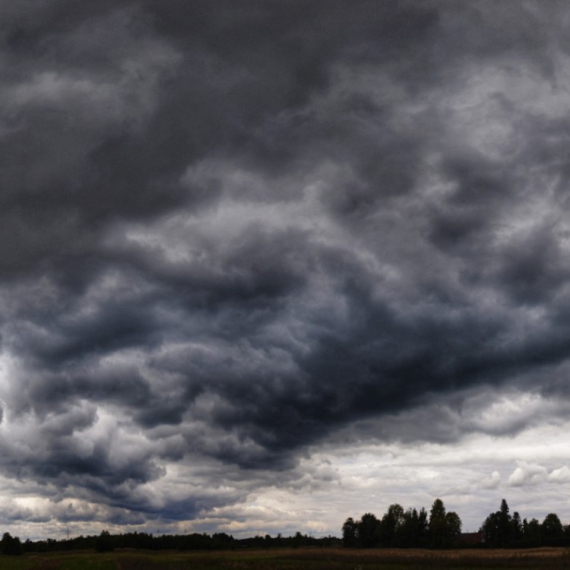
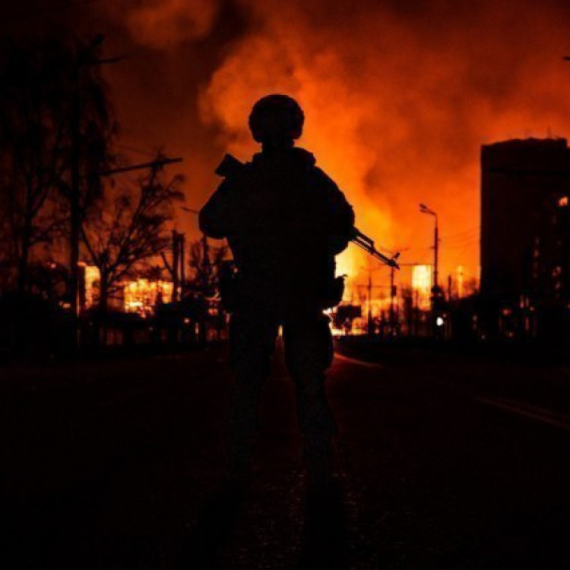

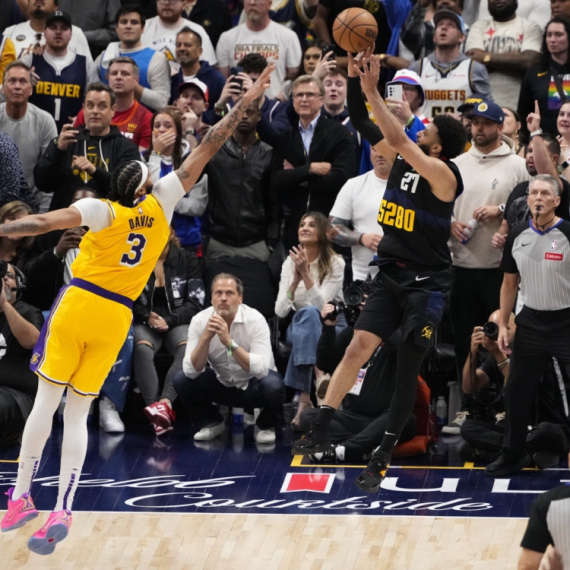











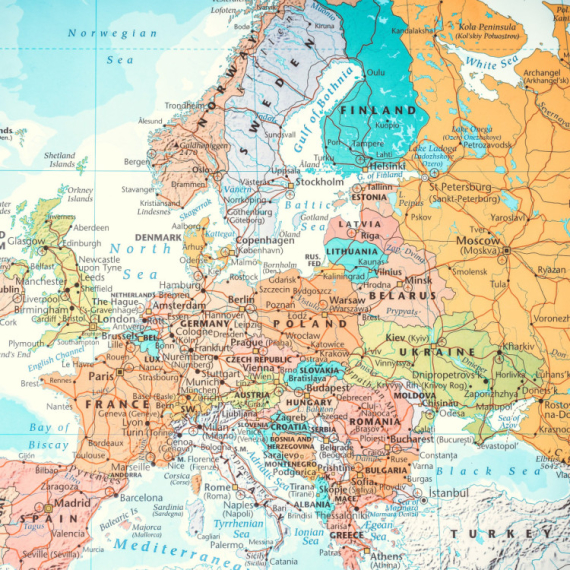



















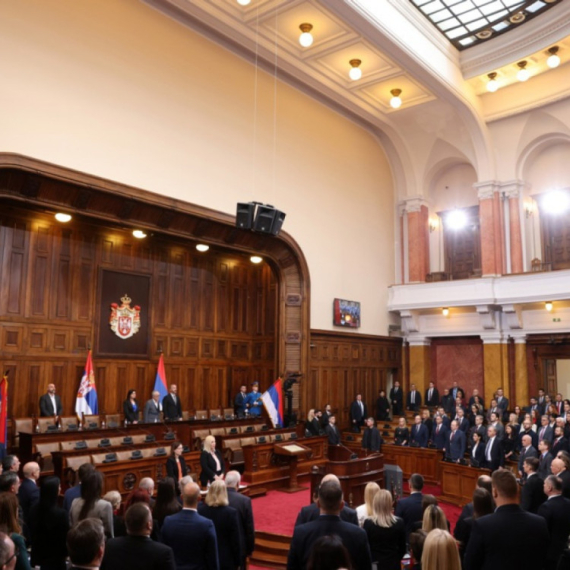

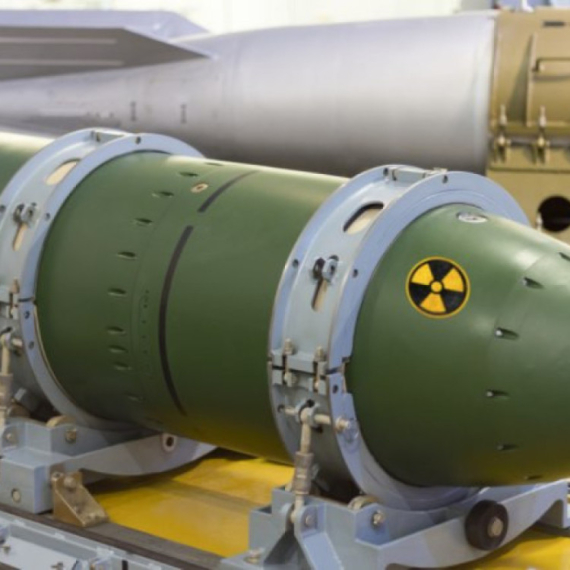
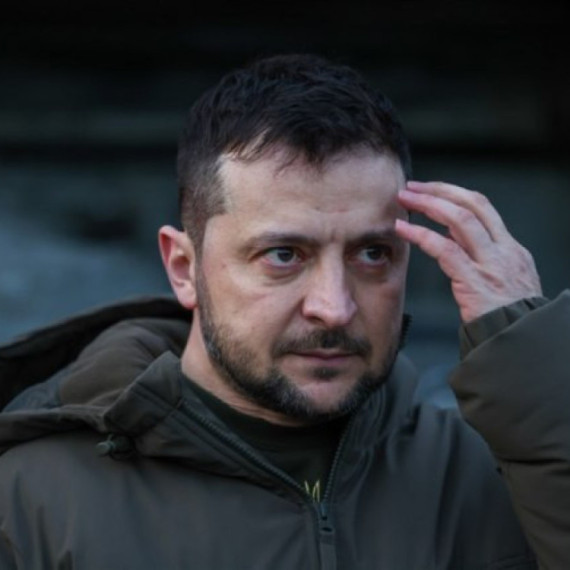


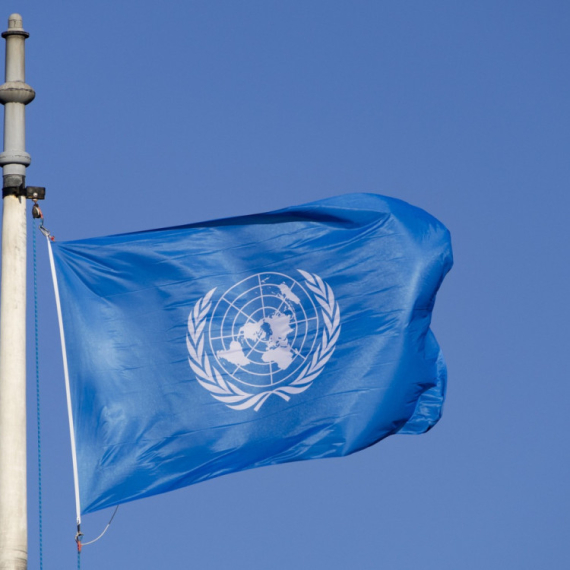

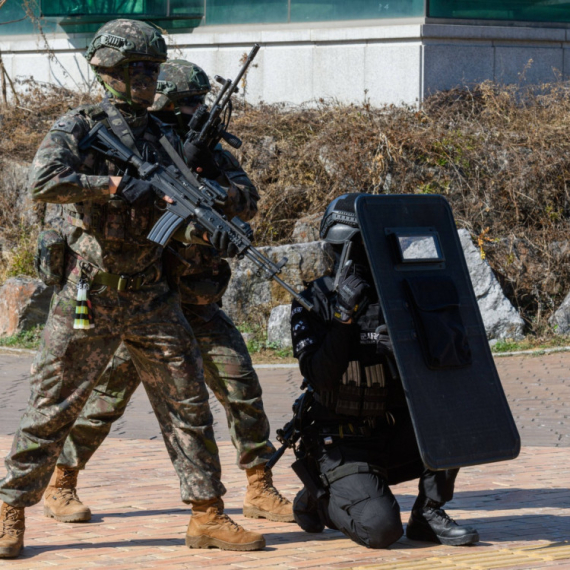





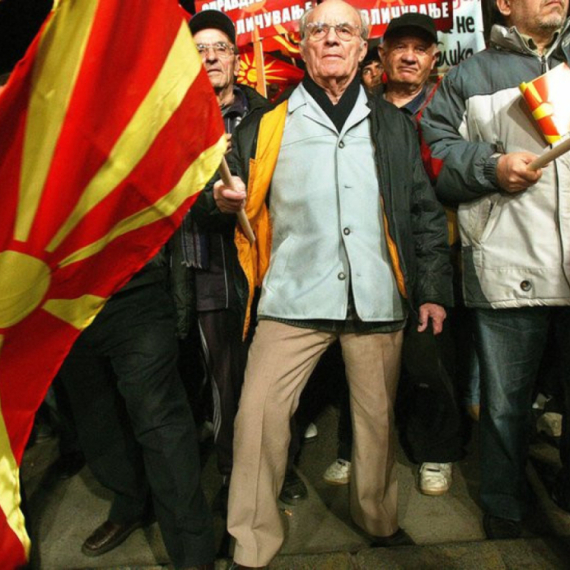





Komentari 12
Pogledaj komentare